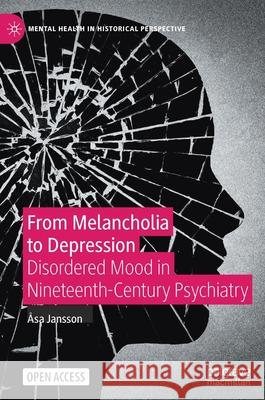From Melancholia to Depression: Disordered Mood in Nineteenth-Century Psychiatry » książka
topmenu
From Melancholia to Depression: Disordered Mood in Nineteenth-Century Psychiatry
ISBN-13: 9783030548018 / Angielski / Twarda / 2020 / 234 str.
From Melancholia to Depression: Disordered Mood in Nineteenth-Century Psychiatry
ISBN-13: 9783030548018 / Angielski / Twarda / 2020 / 234 str.
cena 201,72
(netto: 192,11 VAT: 5%)
Najniższa cena z 30 dni: 192,74
(netto: 192,11 VAT: 5%)
Najniższa cena z 30 dni: 192,74
Termin realizacji zamówienia:
ok. 22 dni roboczych
Dostawa w 2026 r.
ok. 22 dni roboczych
Dostawa w 2026 r.
Darmowa dostawa!
Kategorie BISAC:
Wydawca:
Palgrave MacMillan
Seria wydawnicza:
Język:
Angielski
ISBN-13:
9783030548018
Rok wydania:
2020
Wydanie:
2021
Numer serii:
000793513
Ilość stron:
234
Waga:
0.45 kg
Wymiary:
21.01 x 14.81 x 1.6
Oprawa:
Twarda
Wolumenów:
01
Dodatkowe informacje:
Wydanie ilustrowane











